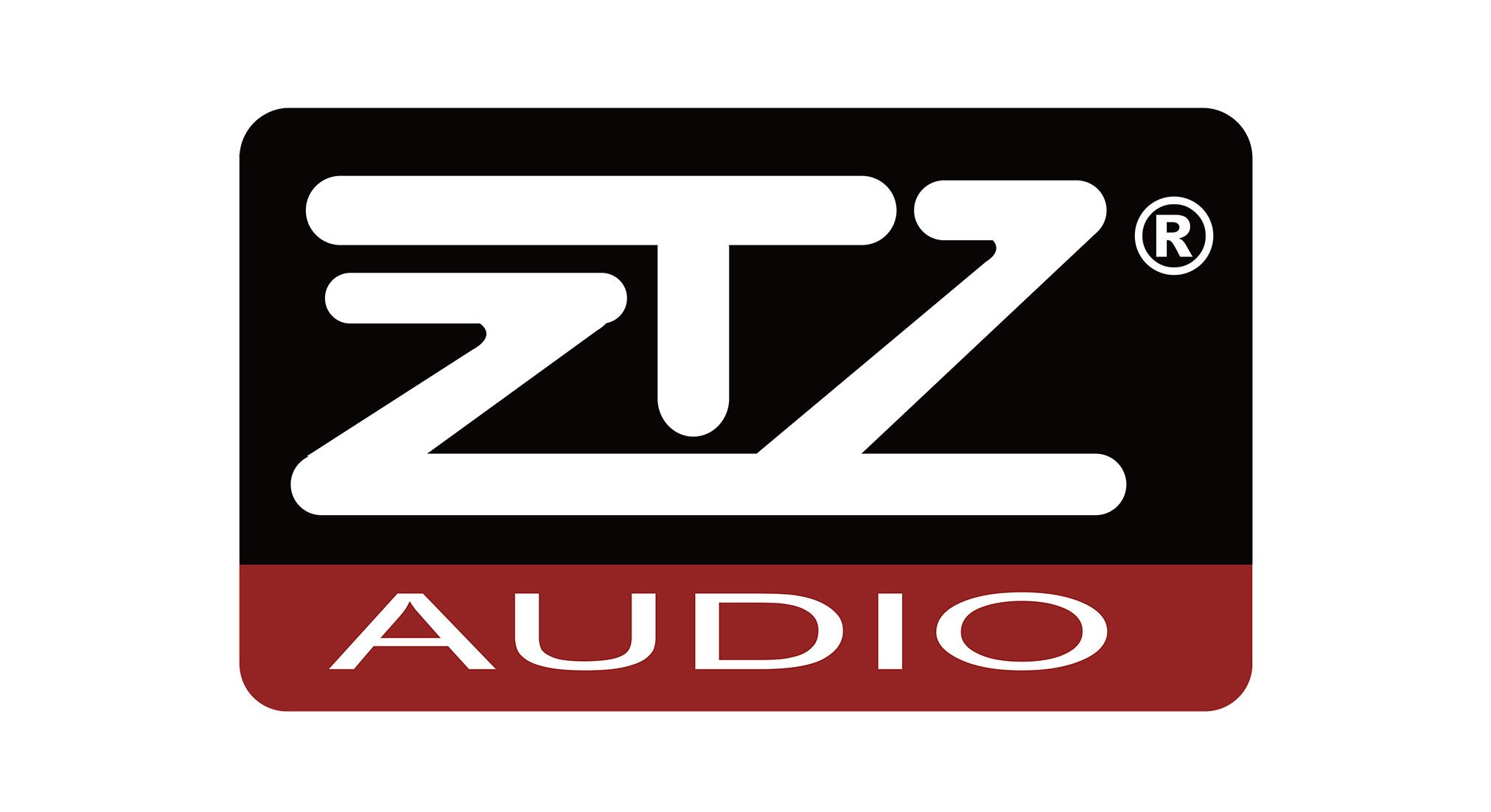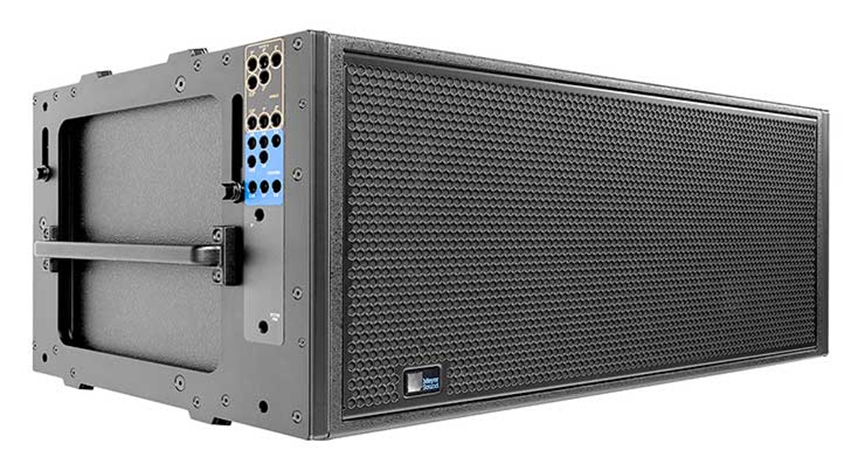Line array speakers are loudspeaker systems, and their technology and manufacturing, which has been turbulent over the years, has been steadily evolving. Recently, the situation has changed, and line array speaker systems have appeared in many large-scale sports games and large-scale performances in the world. Do you need line array speakers? Now check out some of the top brands.

Raffaello Sanzio, 13 42124 Reggio Emilia (RE) Italy
RCF is the only scientific research institution in the audio field certified by the official MIUR of the Italian government. RCF’s high-power, high-output active subwoofers have become the new standard for mobile performance sound reinforcement. The company insists that all technical products are made in Italy.

8500 Balboa Blvd, Northridge, CA 91329, USA.
JBL is the world’s largest professional speaker manufacturer, from raw material development, speaker unit design and production can be fully controlled in their own hands. JBL speakers have a very wide range of services, including cinemas, large-scale sound engineering, large-scale mobile performances, studio monitors, sound for bands, as well as entertainment venues such as disco, dance halls, karaoke, bars and other civilian use.

MR AUDIO, founded in 2004,is a professional supplier of car speakers,after years of exploration, in the field of car speakers now has a professional technical team.In domestic senior engineer for technical support, production of a full range of car speaker products, including subwoofer, midrange car speaker super tweeter,coaxial car speakercomponent car speaker,and other products.

Founded in 1927 in the United States Electro-Voice (EV) audio, adhering to the good quality and stability of more than 90 years, is an innovator in the field of professional audio, and has now become a leader in the design and manufacture of professional audio equipment.

Century Point, Unit 1 & 2, Halifax Rd, High Wycombe HP12 3SL, United Kingdom
World-class speakers and top design, Martin audio was founded in 1971. It was originally a speaker company specializing in touring performances. Its production headquarters is located in London, England, mainly producing the world’s top professional audio equipment. , the brand products are popular all over the world, and the sales network covers more than 40 countries and regions around the world. Today, the products of British Martin audio not only have a lofty position in the performance market, but also other types of products in different markets. occupy a certain position.

ZTZ is one of the powerful audio company in China. All the production lines guarantees the precision and process of the products;Every component undergoes strict electronic, acoustic and appearance quality inspection to ensure the stability and reliability of the products.

1675 MacArthur Blvd, Costa Mesa, CA 92626
QSC has a total area of more than 130,000 square feet of factories in the United States, using world-class production and inspection equipment, and has 3 production bases around the world. QSC’s power amplifier production is fully automated production line production, using a large number of CNC high-speed surface mount component placement machines and CNC wave soldering machines to ensure the consistency and stability of the production equipment to the greatest extent.

13 Rue Levacher Cintrat, 91460 Marcoussis, France
Since 1984, the French L-ACOUSTICS has revolutionized the professional audio industry with its legendary line source array systems, and is world-renowned for providing innovative solutions for venues that require high-quality sound reinforcement. L-ACOUSTICS France specializes in the design and manufacture of sound systems with the highest quality, the most consistent and predictable performance levels, which can form complete systems and comply with common standards.

Brodolini, 8 – Loc. Crespellano 40053 Valsamoggia
The dBTechnologies brand originates from Italy, takes the popularization of high-quality audio systems as its mission, focuses on the R&D and manufacturing of active audio products, and is positioned as a supplier of high-performance professional audio products. The product integrates elegant Italian design and original high-quality professional performance, provides high-quality products and professional services for musicians and sound designers with taste and pursuit, and strives to become an internationally renowned professional audio brand with higher quality .
How To Choose A Line Array For Your Car
Everything you need to know about line array

A bit of history
Although it appears to be the most recent in sound reinforcement technology, its underlying concepts date back more than 50 years. The first was Auguste Jean Fresnel, who showed a variety of phenomena that may be caused by polarized light in 1814. He noticed that two polarized rays that are placed in the same plane interfere with one another, but they do not interfere when they are perpendicular to one another and are polarized with one another. This finding prompts Einstein to consider that something must occur in a polarized ray perpendicular to the direction of propagation, and it establishes that this something can only be the vibration of the light itself.

His analogy in the world of sound shows that the reflected and refracted waves are formed by the envelope of elementary waves, produced at the same time at different points on the surface. The reflected ray is perpendicular to the reflected wave, as is the incident ray to the incident wave. From this we can deduce that to avoid considerable lobes in the vertical polar response and that the sum between the individual sound sources has coherence, the maximum separation between boxes has to be less than half the wavelength of the highest frequency that they must reproduce.
Harry F. Olson in his ” Acoustical Engineering “, published in 1947, already advanced various theories applied to acoustics, such as subwoofer lines, arcs, directivity of low frequencies, line arrays, etc.
Technology “WTS” Heil Acoustic
But it wasn’t until the Dr Christian Heil , in 1992, presented in AES (Audio Engineering Society ) the study “Sound sources irradiated by multiple sound sources” when the first line arrays began to be manufactured. This French doctor of acoustics thought that if a stone was thrown into the water, it would cause a progressive circular wave emitted from the point of fall of said stone .
If we throw a handful of stones it would create an interference network . Since the surface of the water does not allow a progressive waveform to be seen, it is as if we are in a chaotic sound field. But it turns out that if we take all those stones, put them in the same bag and throw it into the water, we again observe a progressive circular wave. In other words, what was involved was to create a punctual sound source, in which the opening could be controlled, in order to concentrate the energy on the public area what interests us
This idea led to the development of the technology WST , wave front Sculpture Technology ( wavefront sculpture) whose objective was to find the physical conditions for a system with several speakers to be the equivalent of a single large sound source, capable of reproducing a continuous and manageable wave. In developing his theory I also observe that the ARF , Active Radiating Factor (active radiation factor) must be greater than 80% of the total area of the complete system, including separation between boxes.
The radiation behavior depends on the ratio between the length of the array and the wavelength of the reproduced frequency. For a fixed frequency, if we increase the length of the line, the main lobe narrows and secondary lobes appear . For a fixed array size, as the frequency increases, the main lobe narrows and secondary lobes appear .
sound propagation
Spherical Waves
As we already know, according to the inverse square law, we have an attenuation of the sound pressure level of 6dB every time we double the distance. This is due to the propagation of sound as a spherical wave front. Thus, every time the distance from the listener to the source is doubled, the radiated energy is dispersed in an area 4 times larger, so the energy density is reduced by a quarter, which means that 6dB drop.
Cylindrical waves
in a line Array, the wavefront generated by each element is cylindrical, remaining constant in the vertical plane. This wave front is almost flat and therefore there are no interferences between each of the sources, so we have a coherent sum behaving like a single sound source.
Difference between near field and far field
propagation the length of the array is not infinite , there will be a point, depending on the frequency, whose resulting wavefront will go from cylindrical to spherical. This point is the one that separates the near field from the far field, so the greater the number of boxes, the farther the near field will reach. If we apply the following formula, we will have the relationship between the length of the array and the limit of the near field:
D = H2f /2C
H= Array height – f = Frequency – c= speed of sound. If the length of the array is 5 m, then if f=100Hz D= 3.7m and if f=1KHz D=37m

Actually the near field behavior of line arrays is more complex. Any given point in the near field is on the axis of only one of the highly directional high-frequency diffusers, but receives low-frequency energy from most of the array components. For this reason, adding more components to the array will increase the low frequency energy in the near field, but the high frequencies will remain the same .
Therefore, line arrays need equalization to boost high frequencies in the far field, equalization effectively compensates for propagation loss. In the near field, it compensates for the constructive sum of the low frequencies and the proximity to the high frequency waveguide.
Array Coverage
The coverage of a system is the angle determined by a 6dB drop in pressure level. for a flat linear array of 2 m its angle of vertical coverage would be:
| If f=100 Hz, lambda = 3.4 m or longitude / lambda = 0.59 on the graph we read > 150º |
| Whereas if f=1KHz, lambda = 0.34 m length / lambda = 5.9 on the graph we read < 15º |
The importance of phase
John Meyer proved the other theory Line Array , where the operating principle of these is much more complex than what was stated above and is a consequence of the phase relationship between the boxes.
A line array it is a group of radiating elements arranged in a straight line, closely spaced and operating with equal amplitude and in phase. Described by Harry Olson in ” Acoustical Engineering “, line arrays are useful in applications where sound must be projected over long distances. This is because line arrays achieve very directional vertical coverage.
Line arrays achieve their directivity by constructive and destructive interference. The directivity of the loudspeaker varies with frequency, at low frequency it is omnidirectional, as the wavelength decreases, as the frequency increases, its directivity narrows. Stacking two of these speakers, one on top of the other, and operating both on the same signal results in a different radiation pattern . At points on the axis between the two there will be constructive interference and the sound pressure will increase by 6 dB relative to the sound pressure of a single unit. At other off-axis points, the differences between the paths will cause cancellations, resulting in a lower sound pressure level. This destructive interference is called ” combing “.
A common misconception about line arrays is that they allow sound waves to combine to create a single cylindrical wave with special propagation characteristics. Under linear acoustics theory, this could not be, so this argument is not science, but a marketing technique.
Sound waves cannot be attached to the sound pressures used in sound reinforcement, but instead pass through each other linearly. Even at the high pressure levels present in the throat of compression drivers, sound waves comply with linear wave theory and pass over each other transparently. Even at pressure levels of more than 130 dB the non-linear distortion is less than 1%.
To check what we just said, we place two boxes on fix ” crossfire “ (crossfire) and we observe in the sound pressure map that one does not affect the other in its axis, as far as coverage and pressure are concerned.
Principles that line arrays must meet
The theory of line array work best for low frequencies. As the wavelength decreases, more and more drivers, smaller in size and more closely spaced , are needed to maintain directivity. The most practical method for PA systems is to use waveguides, diffusers coupled to compression drivers.
Slat emulators and diffusers
A principle that diffusers must meet is to have the smallest possible separation, for which the ideal would be to emulate a slat.
Each manufacturer has chosen a different technique to create their waveguide , thus Christian Heil opted for the DOSC (Spherical and Cylindrical Wave Diffuser). The design of this diffuser allows each sound wave to take the same path, creating a ribbon-shaped wavefront of the same phase from a classic compression driver .
Many other brands, such as Adamson or Nexo, have followed this path with very similar designs . John Mayer opted for a REM tape emulator ( Ruban Manifold Emulator ). In the back of the REM the two motors are placed, while it can be seen how each motor has 4 outputs for its diffusion spaced at less than 2/3 of the wavelength of the maximum frequency reproduced. And oddly enough, many boxes marketed as line array they do not comply with this last principle, although some are already rectifying it .
Line length
Another fundamental principle for the correct operation of a line array is that its length is greater than the wavelength of the minimum frequency that can be reproduced.
Frequency response according to the number of boxes
Another peculiarity is that when stacking boxes these they modify the total frequency response of the system , as we can see in the following graph, where an increase in low and medium frequencies can be seen. The treble frequencies remain unchanged. This characteristic depends on the number of boxes but also on their size .
Frequency response according to environmental parameters
We know that the speed of sound, and therefore its propagation, varies as the temperature does , that is, the more degrees the faster. And that there is also attenuation due to the distance and air absorption . But this is not the only environmental parameter that affects sound, one of the most important is relative humidity, which is measured as a percentage. The interaction of these two factors modifies the frequency response of the system, but only in the treble area.
